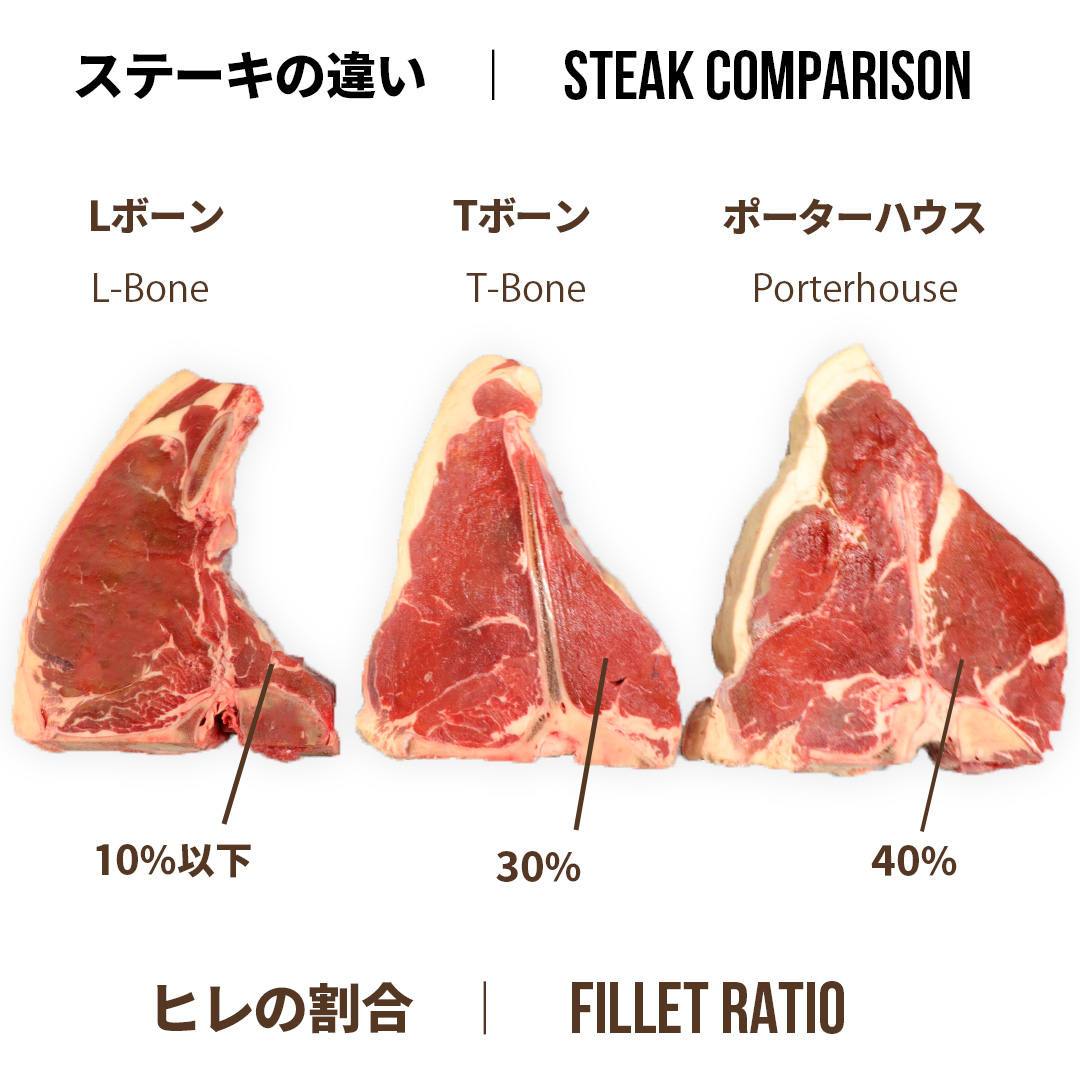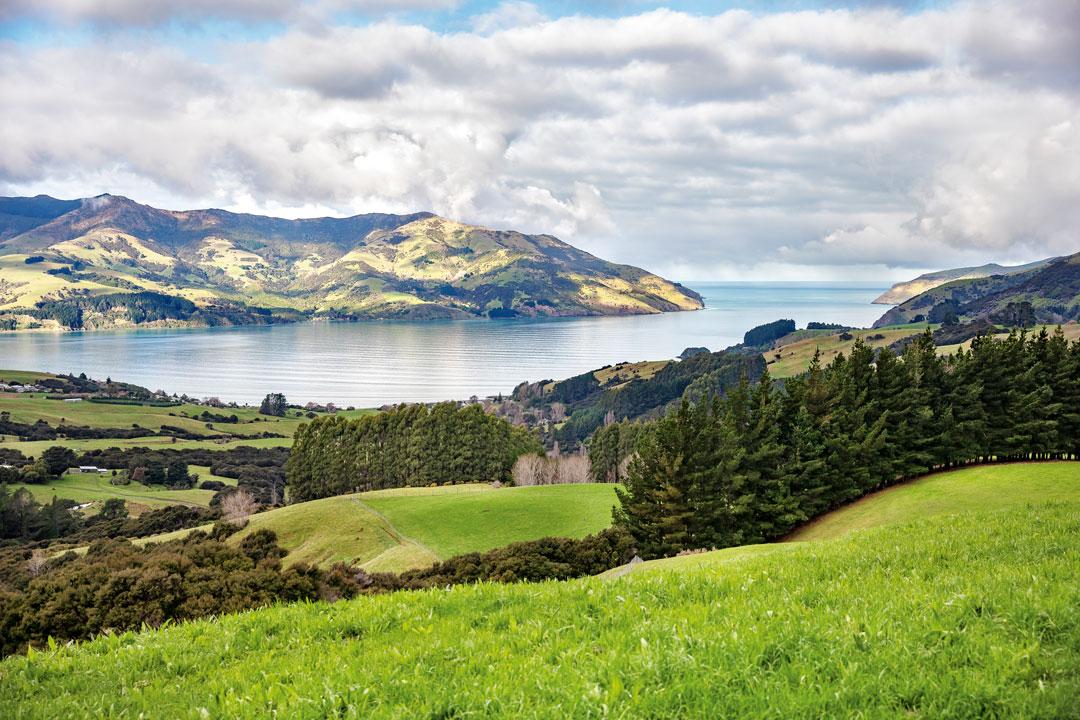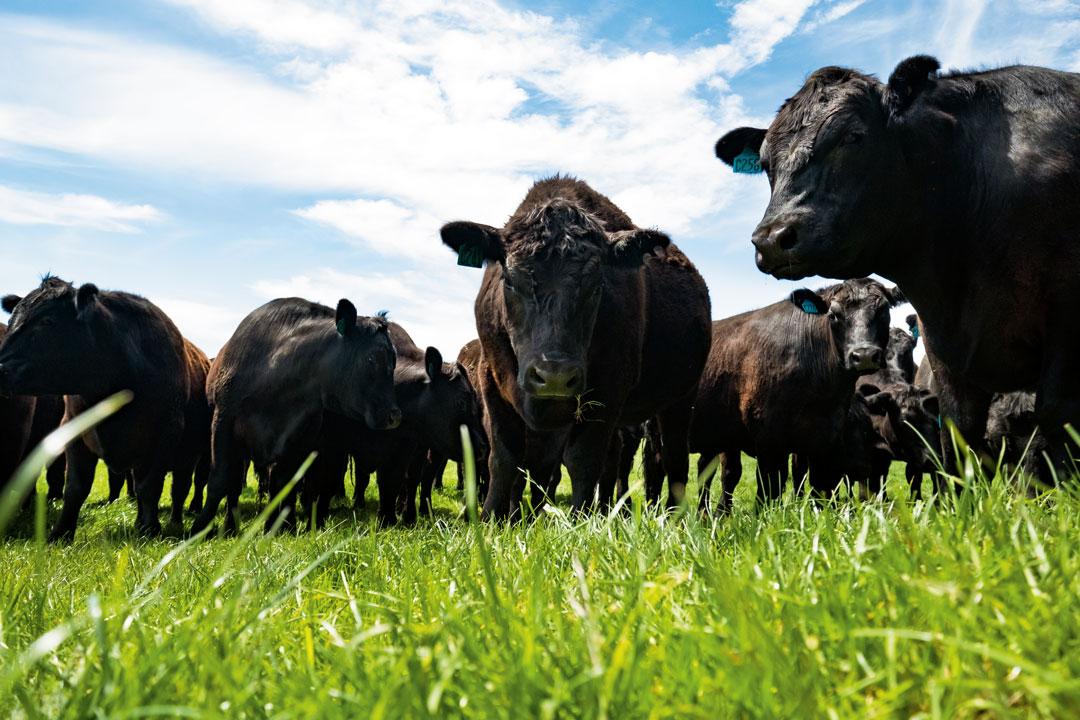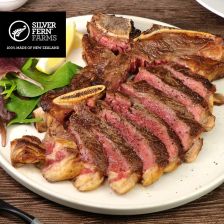New Zealand Grass-Fed Beef Porterhouse Steak 600g
| SKU | NZB400 |
|---|---|
| CONTENTS | 600.00g |
| UNIT PRICE | ¥997 / per 100g |
| Country of origin | New Zealand |
| RAW MATERIALS | Beef |
| PACKAGING AND HANDLING | Frozen (below -18℃) |
| Egg | Milk | Wheat | Nut | Buckwheat | Shrimp | Crab |
|---|---|---|---|---|---|---|
| - | - | - | - | - | - | - |
Related Products
GRASS-FED PORTERHOUSE STEAK FROM NEW ZEALAND!
DESCRIPTION
This is the real deal! Enjoy both fillet and striploin cuts in one steak!
Of course, like most of our beef selections, this one's grass-fed!
Packed with rich lean meat, and very little fat, this steak is great for those who are trying to be more health-conscious.
It's pretty much all lean, but don't worry. It's nice and soft. Plus, that bone in the steak will prevent it from shrinking when cooked.
New Zealand is known for their vast pastures, which makes it the perfect place to breed cattle! This steak comes from 100% grass-fed beef, and is guaranteed hormone and antibiotic-free. (details below)
Each cut is about 600g! Enjoy this steak with your special someone, or just treat yourself to a nice dinner every once in a while. You deserve it!
SERVING SUGGESTION
Cook it like you would your favorite steak.
We recommend seasoning with our original steak spice and grilling it or cooking it in a frying pan to medium rare.
If you want to learn how to cook thick steaks, ≫≫click here.≪≪
IN DEPTH
[Differences between porter house steak, T-bone steak, and L-bone steak]
The thickness, weight, and fillet ratio are different.
《Fillet Ratio》
Porter House: Approximately 40%
T bone: about 30%
L bone: about 10% or less

Porterhouse steak is the steak with the highest percentage of fillet.
However, with each steak, you can enjoy a nice bit of fillet.

【About New Zealand Farms】
 1. Cattle Raised on Mineral Rich Pastures
1. Cattle Raised on Mineral Rich Pastures
In New Zealand throughout the year the climate is pretty gentle with 17,000 milimeters on average of rainfall. This abundance of rain makes the perfect conditions for pastures that the cattle graze upon. These cattle are also 100% grass-fed. Cows are animals that have very lttle dietary needs, and grass supplies all of them. Grass-fed cattle are the most natural cattle there are!
-Farmers use an abundant array of seeds depending on each season, each producing grass with the necessary nutrients for the perfect pasture. Futher,more, they ae also able to control the appetites of the cows with certain blends and herbs.The farms used are around 10 million hectacres.
2. Only The Best are Handpicked for Redness, Flavor, Tenderness, and High Nutrition
The steers and herfers used are relatively young. On average, they are around 24 months. These breeds also produce Angus beef which is an excellent qaulity of meat. The nutrients that these cows produce are much like tuna, and bonito fish oh which are rich in inosinic acid and glutamic acid. These are essential for those watching their health, lookig for a bit of anti aging, or even body builders paying close attention to calorie intake. Grass-fed beef is also very low in fat and cholesterol, topped off with being packed with omega 3 fatty acids.
3. Cows Raised in a Stress-Free Environment Without Harmful Hormone Injections
New Zealand is the first the animal husbandry world to restrict the use of hormones. Cows that have been raised with the use of growth hormones are separated and only those raised 100% hormone free are exported. In recent years, 98% of cows slaughtered for the purposed of meat are raised free of growth hormones and the use of antibiotics are limited only to curing sickness. After that, before the slaughter, they are given a break fro any medicine to fully allow the chemicals to be dispersed from their systems.
4. Zero Records of BSE or Hoof & Mouth Disease
In New Zealand, there are zero records of cinnib chronic illnesses amongst their raised cattle. The main reasoning for this is that New Zealand is isolated from most continents and they have a well formed ministry of agriculture.
5. Only The Best are Handpicked for Redness, Flavor, Tenderness, and High Nutrition
New Zealand's import regulations are also unified under their ministry of agriculture. It is compulsory that for all livestock that is raised and slaughtered must submit a histiory form that properly lays out the life of the animal. All the way from the farm to your dinner table, for traceability's sake, the record holding of treatment from veteranarians, safety inspections, and processing are all mandatory.
 |
 |
Thawing
The thawing time depends on many factors such as size, weight, packaging, and type of meat. Please refer to our thawing chart ≫here≪
-
Great Steak, but a with a caveatMark2023/07/29We had our first Meatguy Porterhouse today. We ordered two. Fantastic flavor. The only thing that kept me from giving this steak 5 stars is that it's cut too thin. A proper Porterhouse (T-Bone too) should be cut thicker. I suggest that the Meatguy offer a "regular thickness" cut, like this, and a "thick-cut" version. Same goes for his sirloins etc. They're usually cut too thin.





